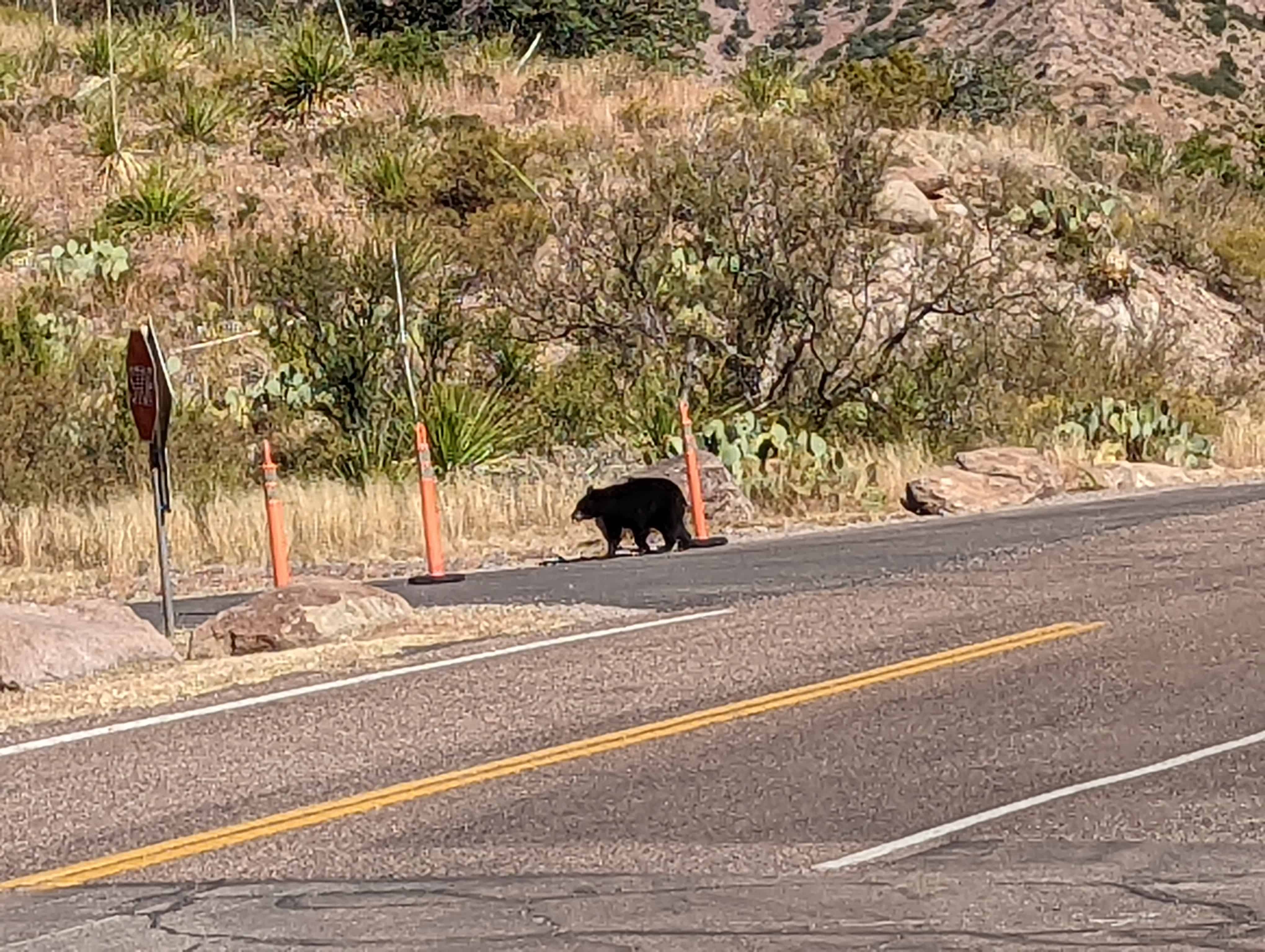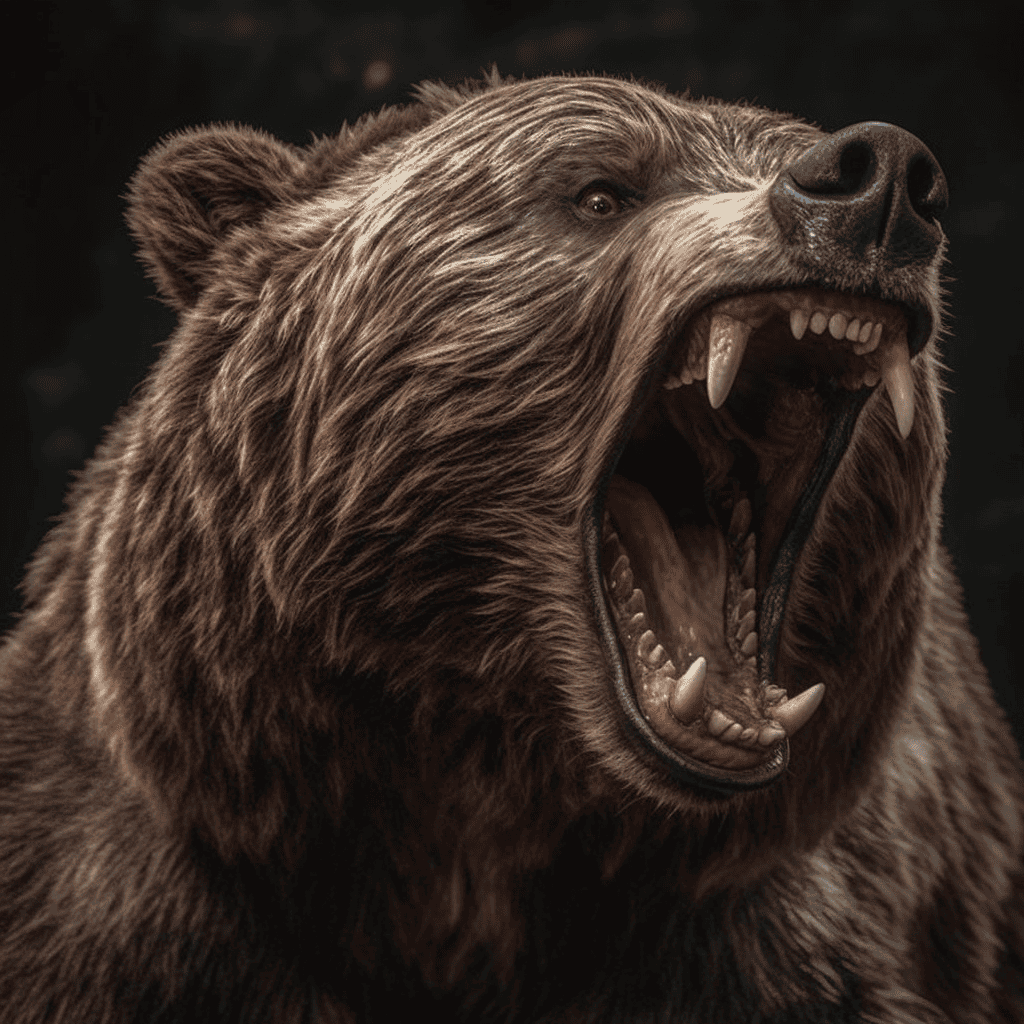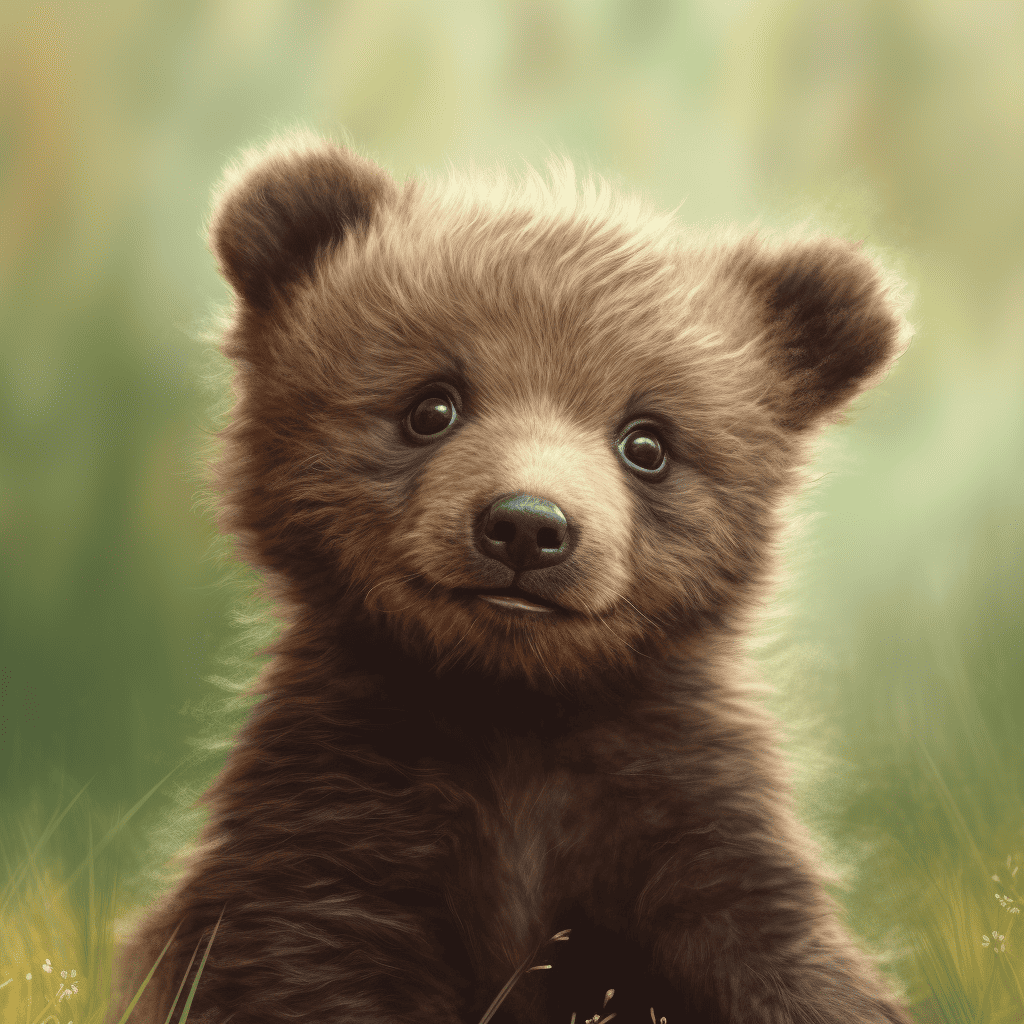The Do's and Don'ts of Wildlife Photography During Camping
If you click and purchase with one of our links, we earn a commission. Thanks.
As a wildlife lover, you certainly want to share your appreciation for animals with the world. There’s nothing more gratifying than seeing an animal living freely and happily in its natural habitat. Wildlife photography is also a great way to show others how beautiful these animals can be and even inspire them to look after nature just as much as you do.
Summary
| Aspect | Details/Instructions |
|---|---|
| Purpose of Photography | - Share love for animals - Show animals in their natural habitat - Inspire nature conservation |
| Preparation | - Research species/region - Understand seasonal wildlife behavior |
| Concerns | - Identifying potential threats (e.g., bears) |
| Ethical Engagement | - Preserve animal’s natural behavior - Prevent conflicts |
| DO’s | DON’Ts |
|—————————|——————————————————————————————————|
| 1. Do Your Homework | 1. Don’t Feed or Bait an Animal |
| - Understand natural history, flora, and fauna
- Have knowledge of creatures to photograph | - Illegal in most camping sites
- Habituate animals to humans |
| 2. Know the Rules | 2. Do Not Interfere with Natural Behavior |
| - Comprehend rules and regulations
- Listen to local authorities | - Be proactive when near animals
- Avoid disturbing natural behavior |
| 3. Use a Fast Shutter Speed| 3. Do Not Try to Get as Close as Possible |
| - Match or exceed shutter speed to focal length
- Adjust for fast-moving animals | - Avoid startling creatures
- Stay away from nests and dens |
| 4. Use a Kayak or Canoe | 4. Don’t Search for the Young Ones |
| - Access unique habitats stealthily
- Beware of paddle disturbance | - Mothers are protective
- Risk of creating a scent trail for predators |
| 5. Blend In | 5. Do Not Leave any Traces |
| - Wear camouflage clothes to minimize visual distraction | - Preserve habitats, avoid disturbances
- Leave surroundings undisturbed |
| 6. Photograph Endangered Animals with Caution | |
| - Be cautious about sharing photo details
- Remove EXIF data to avoid sharing location | |
However, most wildlife photographers and experts will tell you that it takes months of study and research on a species or region before taking the first picture. Wildlife behavior changes throughout the year and many animals act vastly differently from one month to the next. While you may not have the time and expertise to become a wildlife expert before your camping trip, it’s advisable to learn as much as possible about the animals you may come across.
Bears, for example, are relatively docile animals, but they can become aggressive if they feel threatened, stressed, or ill. As such, it’s imperative to be able to identify these types of animals, allowing you to be proactive in preventing a conflict.
Practicing ethical engagement is vital in ensuring an animal’s natural behavior stays intact, allowing for a good experience, both for you and the creature. That being said, we have compiled a comprehensive list of things that you should and should not do while engaging in wildlife photography.
The DO’s
1. Do Your Homework
As a wildlife photographer, you need to be knowledgeable about natural history, flora and fauna, and related subjects like zoology and geology. At the very least, you should have intensive knowledge of the creatures you intend to photograph. Going out to shoot without this knowledge only puts you and the target animal at risk.

2. Know the Rules
Next, it’s important to comprehend the rules and regulations relating to wildlife as well as the nature of the region before going out to the field. You should abide by these rules and follow the advice and guidelines provided by the local authorities like park rangers.
3. Use a Fast Shutter Speed
You will rarely come across an animal that is fast asleep in the wild. For the most part, they will be moving, and moving fast. So, to avoid out-of-focus and blurry pictures, use a fast shutter speed. A general rule of thumb is to ensure the shutter speed is at least the same or higher than the focal length. So, if you’re using a zoom lens, adjust it accordingly. Also, keep in mind that the faster the animal, the higher the necessary shutter speed.
4. Consider Using a Kayak or Canoe
Traveling using a paddle gives you access to an array of unique habitats while maintaining a stealthy approach. It allows you to observe and listen from a safe distance, becoming a floating office for your photography. Whether you are anchored in a wetland, tethered to a snag, or gliding silently across a lake, a paddle boat is an invaluable tool for capturing stunning shots.
However, it’s essential to be cautious of potential disturbances caused by your paddle’s movement. The blade’s flash in the sunlight during each stroke could alert nearby animals to your presence.
5. Blend In
Consider wearing camouflage clothes while in the field as it minimizes visual distraction.
6. Photograph Endangered Animals with Caution
If a species is endangered or is a high poaching target, publishing its photos may have a negative impact. As such, you’ll want to take extra caution and avoid sharing when and where you took the photos. Remove EXIF data from the photos to avoid giving out GPS coordinates that potential poachers might gain access to.
The DON’Ts
1. Don’t Feed or Bait an Animal
Baiting or feeding an animal is not only illegal in most camping sites, but it puts you and others at risk. Animals quickly become habituated to humans and cars when they are fed in this manner. This makes anyone minding their own business a target, which is the last thing you want.

2. Do Not Interfere with Natural Behavior
Taking photos of wildlife is undoubtedly complex in any natural habitat as the animals are often moving and unpredictable. While photographing animals in their natural habitat can be an exhilarating and rewarding experience, it is important to be mindful not to disturb their natural behavior. Whenever you find yourself close to animals while camping, it is important to make proactive decisions.
To ensure you respectfully photograph animals, be well-informed about their behavior prior to the trip. This will not only enhance your ability to capture their beauty but preserve the integrity of those special moments.

3. Do Not Try to Get as Close as Possible
If a creature gets too close to your location, do not startle or surprise them with movement that alerts them of your presence. Most animals are wary of humans and will react in a certain manner depending on the species. Also, avoid crowding them or making sounds in order to attract their attention, and stay away from the nesting sites and dens.
4. Don’t Search for the Young Ones
Baby animals are adorable and it can be tempting to get closer to them. However, it’s important to note that their mothers care for them and are extremely protective. Approaching baby animals not only puts you at risk of an attack from the mother but inadvertently creates a scent trail for predators, leading them to the vulnerable babies.
If you suspect there are baby animals in the area, it is best to leave immediately and keep a safe distance. They are usually hidden away for protection and interfering with them can disrupt their natural survival instincts.
5. Do Not Leave any Traces
As a wildlife photographer, you should be aware not to disturb or damage any of the animals’ natural habitats while shooting. The surroundings should look the same when you leave as they were before. Even minor acts such as removing branches around a nest can ruin a creature’s habitat. FAQ: Wildlife Photography Based on the Provided Article
Q1: Why is wildlife photography important?
- A1: Wildlife photography allows enthusiasts to share their appreciation for animals, showcase them in their natural habitats, and inspire others to conserve nature.
Q2: How much prior knowledge do I need before photographing wildlife?
- A2: While becoming a wildlife expert is ideal, you should, at the very least, familiarize yourself with the animals you intend to photograph to ensure both your safety and theirs.
Q3: Are there risks in photographing certain animals like bears?
- A3: Yes, while bears may be docile, they can become aggressive if they feel threatened, stressed, or ill. Identifying potential threats is key to prevent conflicts.
Q4: What’s the importance of ethical engagement in wildlife photography?
- A4: Ethical engagement ensures that an animal’s natural behavior remains undisturbed, leading to a mutually safe experience for both the photographer and the animal.
Q5: How should I prepare for a wildlife photography session?
- A5: Do thorough research on the wildlife, understand the rules and regulations of the area, familiarize yourself with your equipment settings, and consider using tools like kayaks for unique vantage points.
Q6: What should I avoid while engaging in wildlife photography?
- A6: Never feed or bait animals, don’t interfere with their natural behavior, avoid getting too close or startling them, steer clear of young ones, and ensure you don’t leave any traces behind.
Q7: Why is it recommended to use a fast shutter speed?
- A7: Wildlife is often on the move. Using a fast shutter speed helps capture sharp images and avoids blur due to animal movement.
Q8: What precautions should be taken when photographing endangered animals?
- A8: It’s crucial to be discreet. Avoid disclosing when and where you took photos and remove any EXIF data from images to prevent potential poachers from accessing location details.
Q9: Why shouldn’t we feed or bait animals?
- A9: Apart from being illegal in most places, it habituates animals to humans, increasing the risk of conflicts.
Q10: How can I ensure I am respecting the wildlife when photographing?
- A10: Always prioritize the well-being of the animal. This involves educating yourself about their behaviors, maintaining a safe distance, and not disturbing their natural environments.